While many venture capitalists flew in private jets to their third homes in Sun Valley, Deer Valley, or $t. Moritz, yours truly drove to San Francisco in his Toyota Sienna to stay in a World War II submarine with my son’s Boy Scouts troop. This is one of the great joys of fatherhood—that is, you get to do cool things that you never did as a kid. (Before you ask, WWII was finished when I was a kid—I’m old, but I’m not that old.)
Specifically, the submarine was the USS Pampanito. She (is it politically correct to call a submarine a “she”?) was built at the Portsmouth Naval Shipyard in New Hampshire in 1943. She was launched after four months of construction and officially commissioned after an additional four months (if only software could ship this fast).
Loaded with sixteen Mark 14 torpedoes and eight Mark 18 torpodoes, she left Pearl Harbor on March 15, 1944 on her first patrol. She made a total of six patrols during which she sank six and damaged four Japanese ships. Did you know that only two percent of U.S. Navy personnel served on submarines, but they accounted for fifty-five percent of sunk Japanese tonnage? In September, 1944 she even rescued seventy three British and Australian prisoners of war from a Japanese convoy that she attacked with the USS Growler and USS Sealion.
The Pampanito is now docked in San Francisco just a wrist shot away from Alioto’s. Approximately 200,000 people visit it every year.
The submarine tour uses iPods—“Let a hundred flowers blossom,” right?
The Pampanito is 311 feet, nine inches long. She weighs 1,525 tons on the surface and 2,415 tons submerged. Her crew was seventy enlisted me and ten officers. She had a surface cruising range of 11,000 miles. She could travel ninety five miles when submerged.
This is the Pampanito’s four-inch deck gun. It was used to attack smaller vessels—under 500 tons. The Pamapanito could surface and begin firing in forty seconds. It could dive to periscope depth in thirty seconds.
A bit of the holiday spirit: a Christmas tree on top of the antenna.
This is the after torpedo room. The Pampanito carried eight of the sub’s twenty-four torpedoes. The Pampanito started off with Mark 14 torpedoes, but early versions had three bugs: it ran fifteen feet deeper than set; the contact exploder didn’t explode on contact; and the magnetic exploder didn’t work right too. Plus, it left a visible wake of exhaust gases so the enemy could see where it came from. The torpedo tubes are made of bronze. Each torpedo weighed 3,000 pounds. Believe it or not, the tubes were loaded by hand using a block-and-tackle.
This is the enlisted men’s head. It was one of four toilets for approximately eighty men.
This is the maneuvering room. The Pampanito had four diesel engines. These engines drove electrical generators that are attached to each engine instead of the propellers directly. On the surface her top speed was twenty-one knots or approximately twenty-four miles per hour. Submerged, her top speed was nine knots, but at nine knots her batteries would only last thirty minutes (sounds like my MacBook Pro).
And you thought the software you use had a confusing user interface. How’d you like to use this?
This is the Pampanito’s laundry. The Pampanito’s evaporator could distill approximately 750 gallons per day, but most water was for the batteries and engines.
This is the shower. On long patrols, the crew took a shower once every ten days except for the cooks, bakers, steward, and pharmacist’s mate who showered more often.
This the radio in the mess. On this, the crew could listen to, among other things, Tokyo Rose—arguably, one of the first podcasters.
Not exactly standard submarine cuisine, but we had pizza delivered.
This is just inside the forward torpedo room. The pole in the middle of the photo is the WCA active sonar head.
The forward torpedeo room held six torpedo tubes. In addition to the six in the tubes, there were ten reloads. Fourteen crew members also slept in the room. You can see the springs of the cots above the torpedo in this photo.
This is a Mark 18 electric torpedo. The good news is that it left no telltale exhaust wake. The bad news is that it was not even half as fast as a Mark 14 torpedo.
These are the tubes themselves. They operated identically to the tubes in the rear of the boat.
This should warm the heart of any WWII submariner: we watched a movie in the torpedo room. Logically, it was Down Periscope starring Kelsey Grammer since the movie was made in the Pampanito. Note the dad checking his Blackberry in the lower right corner.
This is the yeoman’s office where reports were typed up and records kept. That’s a typewriter in case you’ve never seen one before.
This is the commanding officer’s quarters. He had a course indicator repeater, depth gauge, writing desk, communication equipment, and a safe. Commander Paul E. Summers commanded her on five tours, and Captain Frank W. Fenno commanded her on one tour.
This is the wardroom which served as mess hall, recreation room, and meeting place. All of the crew ate the same food which was prepared in the galley.
This is how much room an officer had in his bunk. There is basically zero privacy on a submarine.
If the guy above you was heavy, those springs get mighty close. I didn’t get much sleep anyway because I had “watch duty” from 4:00 am to 5:00 am.
The kids slept in the after battery compartment. This holds thirty-six bunks. Normally, three sailors would use two bunks. Things got really tight during when the Pampanito rescued the seventy three POWs.
One of the scouts raised the flag the next morning.
Here’s the crew who participated in this excellent adventure. How cool is that? When you’re in San Francisco, be sure to get a tour of the USS Pampanito and see where I served for twelve hours.

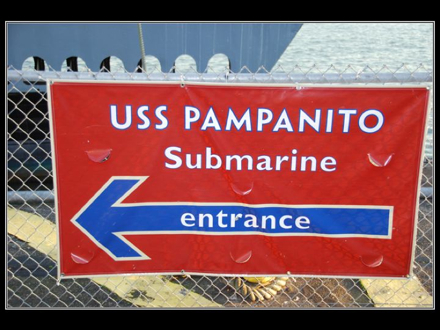

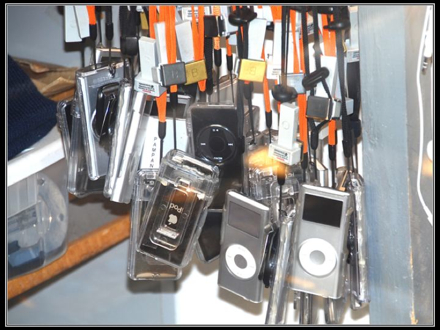
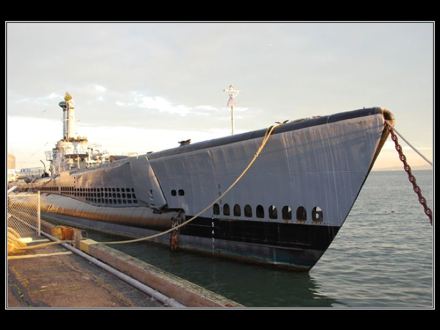
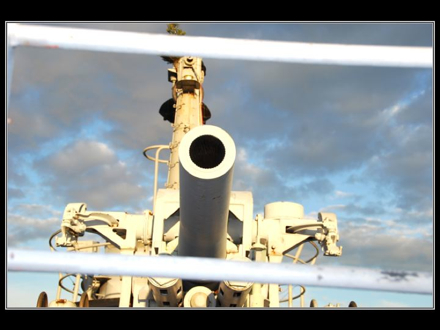
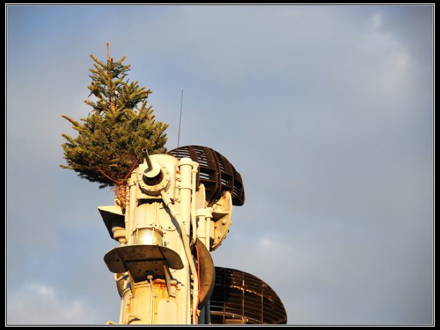

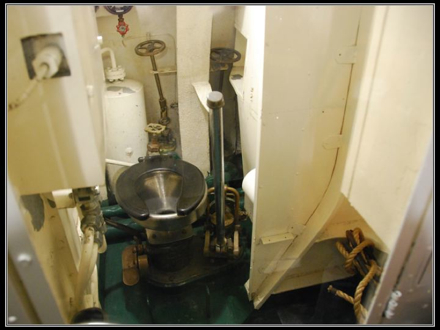



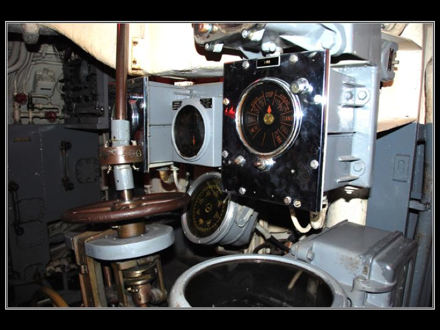
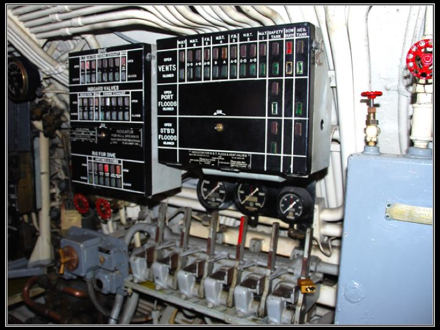
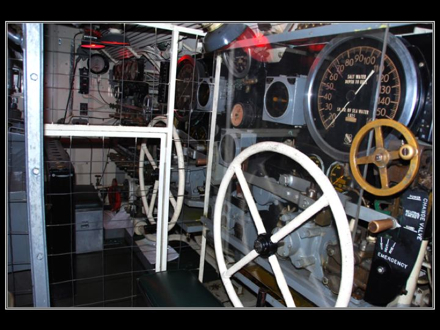
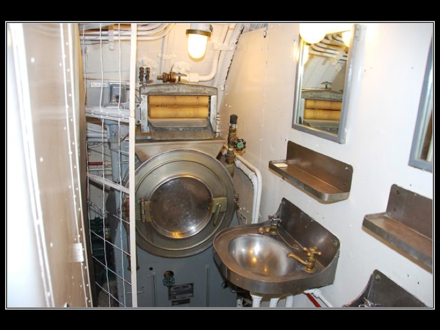

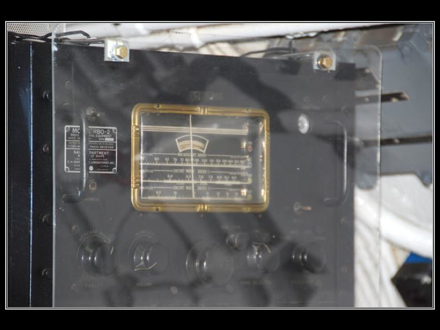

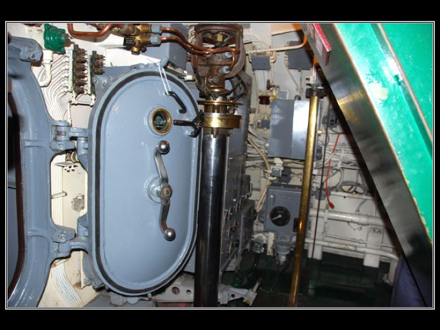
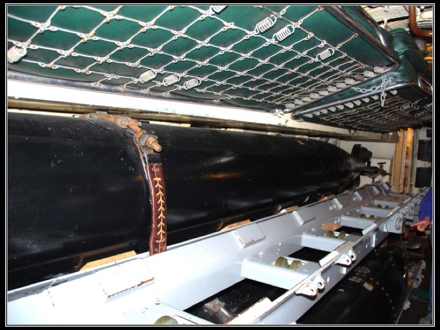
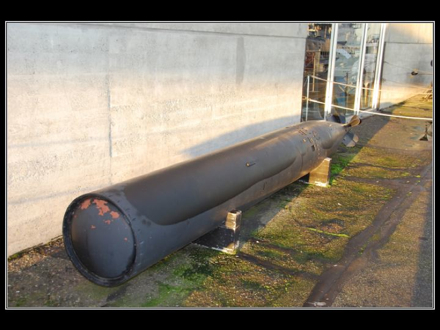
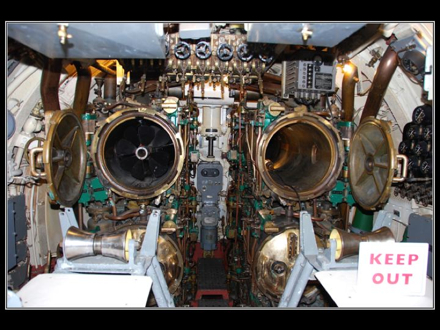
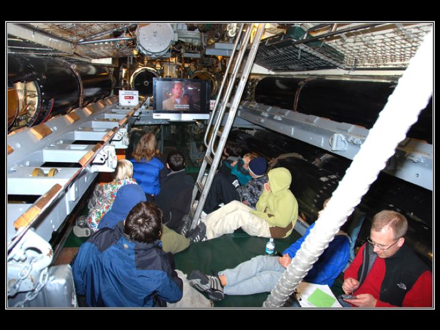










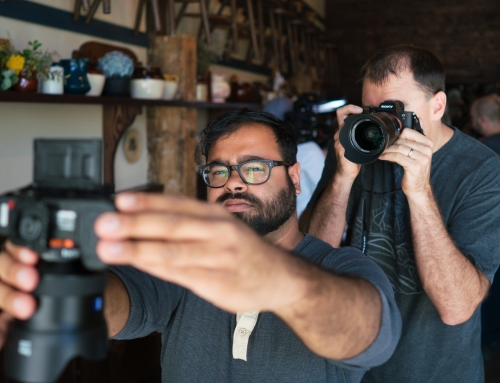


Leave a Reply